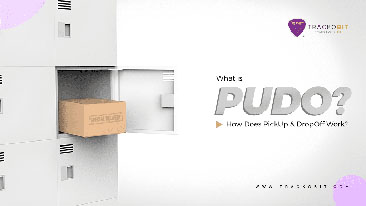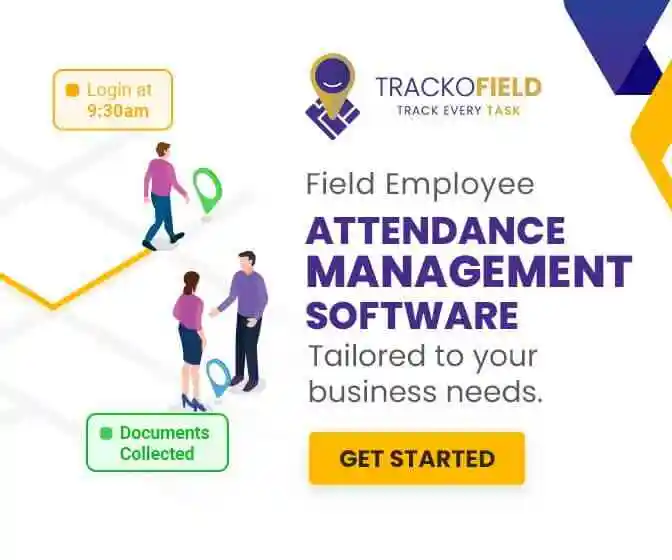-
TrackoBit
Manage commercial vehicles with the new-age Fleet Management Software
TrackoBit -
TrackoField
Streamline your scattered workforce with Field Force Management Software
TrackoField -
Features Resources
-
Blog
Carefully curated articles to update you on industrial trends. -
White Paper
Insightful papers and analysis on essential subject matters. -
Glossary
Explore an alphabetical list of relevant industry terms. -
What’s New
Get TrackoBit & TrackoField monthly updates here. -
Case Study
Explore the cases we solved with our diverse solutions. -
Comparisons
Compare platforms, features, and pricing to find your best fit.
-
About Us
Get to know TrackoBit: our team, ethos, values, and vision. -
Careers
Join the most dynamic cult of coders, creatives and changemakers. -
Tech Support
Learn about our technical support team and services in detail. -
Events
Check out the exhibitions where we left our marks and conquered. -
Contact Us
Connect with us and let us know how we can be of service.
How to Choose a Video Telematics System: Quick Buyers Guide
- Author:Anvesha Pandey
- Read Time:7 min
- Published:
- Last Update: September 3, 2025
Table of Contents
Toggle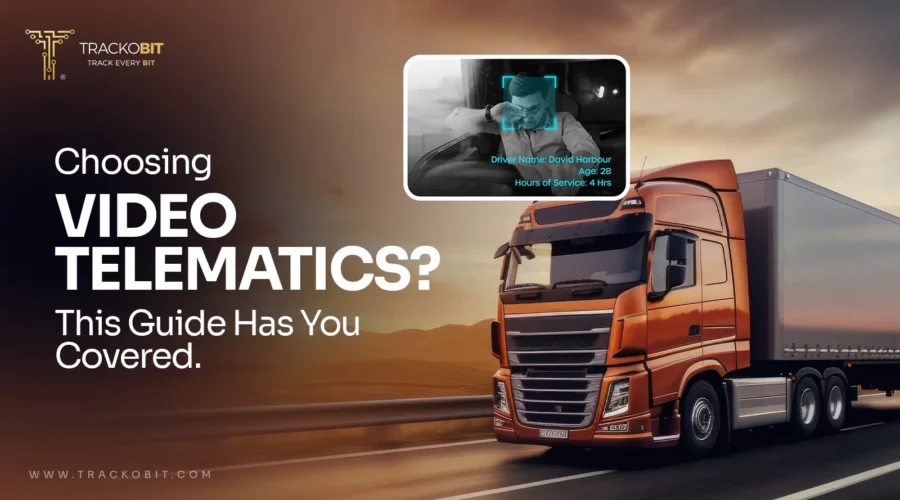
Confused about selecting the right video telematics system? This guide outlines key evaluation criteria, common pitfalls, and decision-making tips for optimal fleet performance.
Table of Contents
Toggle
As a fleet business operator, you struggle with daily challenges like ensuring safety, reducing operational costs & maintaining constant efficiency. To all these challenges video telematics system provides a solution that goes beyond traditional tracking by integrating real-time video & advanced data analytics.
In fact, research shows that video telematics systems can reduce accident rates by up to 50% and enhance driver accountability by providing clear visual evidence of incidents.
But with so many options available, how do you choose the right system for your fleet? This checklist is designed to guide fleet operators like you in selecting the perfect video telematics system.
So, let’s get started!
Why Video Telematics is a Must-Have for Fleet Owners?
Today’s fleet operations go beyond just tracking vehicles. It requires accountability, speed, and safety. So fleet operators can make data-driven decisions.
Video telematics systems bring that visibility to life by offering real-time footage from inside and outside the vehicle, further combined with actionable driving analytics.
Still confused?
Let us understand this with an example-
💡 Let’s say there’s a harsh braking alert on your dashboard, the video telematics system you don’t have to guess, you know which event took place. In fact, you have a look at the ADAS data, and you know it was a reckless stop, or something else. This not only protects your drivers from false claims but also helps train them better.
Fleets using video telematics have reported:
- 50% fewer safety-related incidents.
- 30% lower insurance-related costs
- 20% improvement in driver performance scores
Lastly, it’s not just about watching your fleet, it’s also about understanding it, & improving it. Now that we have insights into why video telematics is important, let’s have a look at factors you should consider when you invest in one.
Critical Factors to Consider When Selecting a Video Telematics System
Before investing in a video telematics system, here are the key things fleet operators should look for-
🧠 The SOFTWARE Related Factors-
1. Live On-road Alerts & Events Tagging
One of the most critical features to prioritize in Advanced Driver Assistance Systems (ADAS) is their ability to deliver immediate, real-time alerts. Whether it’s sudden braking, excessive speeding, or erratic driving behavior, the system should notify you instantly without any delay.
This prompt feedback is essential for ensuring safety, enabling swift corrective actions, and enhancing overall driving awareness. With this feature, you’re not wasting time scrolling through 6 hours of uneventful footage to find 30 seconds that matter.
2. AI & Driver Behavior Analytics
Up next, its AI-powered systems can pick up on the signs of distracted driving, phone usage, yawning (fatigue), etc. These insights can be turned into weekly behavior reports or even trigger live coaching for drivers.
The goal? Fewer violations & better performance.
3. DMS Alerts
Driver Monitoring System alerts are vital safety features that detect signs of driver fatigue or distraction in real time. Utilizing infrared cameras and AI algorithms, DMS continuously monitors facial expressions, eye movements, and head positions.
When it detects the driver is drowsy or inattentive, the system raises an alert. This helps drivers to stay attentive and refocus. These small but immediate interventions prevent accidents. This helps enhance road safety.
Simply put, DMS alerts amp up the video telematics system game.
4. Cloud Storage & Access Speed
We all know the fact that video files are heavy & when and when you need them, you usually need them instantly. Cloud-based systems allow footage to be uploaded in real-time or at scheduled intervals.
This makes it accessible from any device, anywhere. Which means no physical retrieval, no delays. Some platforms even allow video clips to be downloaded instantly and shared with insurers or authorities with just a link.
5. Data Security & Compliance
In the case of business, your fleet management software is not just handling video, you’re managing sensitive data involving vehicles, and potentially legal matters. Make sure the software offers encryption, user-level access control, audit trails, and complies with region-specific data protection laws like GDPR or India’s DPDP Act.
Good vehicle telematics systems like TrackoBit even allow driver consent configurations, so you’re always on the right side of both performance and privacy.
🔧 The HARDWARE Related Factors-
1. Camera Quality & Coverage
When it comes to the hardware segment, look for an HD resolution, wide-angle lenses, night vision system. Additionally, make sure it’s dual view (road-facing and in-cabin) because a blurry or half-covered frame won’t do justice when it matters most.
2. Installation and Mounting Flexibility
Ensuring that ADAS hardware is easy to install across various vehicle types is crucial. The installation process should be straightforward, accommodating different dashboard configurations without obstructing the driver’s view or interfering with essential controls.
Additionally, after installation, recalibration of the system may be necessary to maintain optimal performance.
3. Storage Type (SD Card or Cloud Uploading)
Doesn’t matter if the recorded footage is stored on the cloud, having a local backup is still important. ADAS Systems and dashcams are required to have some internal sd storage that can protect data in case of weak network.
4. Power Source & Durability
Check if the device can handle varying voltage ranges, heat, and vibrations. Fleet vehicles run long and rough, so your hardware should too.
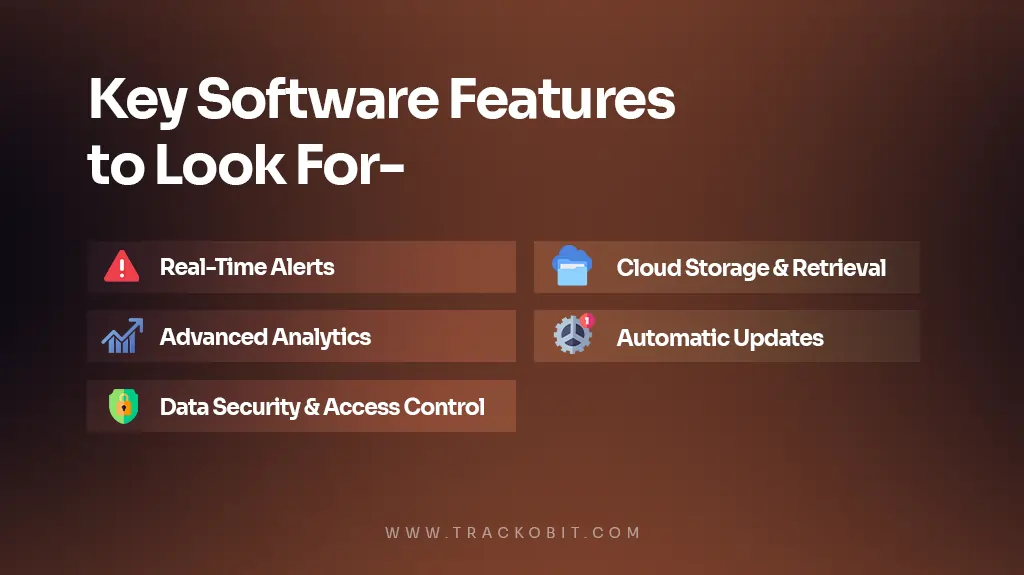
Key Software Features
Quick Steps to Buying the Best Video Telematics Solutions (10 Points)
Once you know what matters in the software & hardware, here are steps on how we should go about shopping for the best video telematics system.
Step 1: Identify Your Business Needs
Start by answering-
- Do you need live streaming, driver monitoring, or accident reconstruction?
- Are you aiming to improve driver behavior, reduce insurance claims, or increase asset visibility?
- Types of vehicles in logistics you are using? Is it trucks, delivery vans, buses, etc.?
📌 Pro Tip: Clearly outlining goals will help you filter out irrelevant features.
Step 2: Identify Features of Video Telematics
Familiarize yourself with core options:
- Dash Cams (Single/dual facing)
- Driver Monitoring Systems (DMS)
- Advanced Driver Assistance Systems (ADAS)
- AI-Powered Video Analytics
Each type offers different insights and safety features. Pick what’s relevant to your fleet.
Step 3: Prioritize Key Features
Key features to look for in your video telematics system:
- Real-time events video streaming
- Event-based footage recording
- Alerts for events like distracted driving, drowsiness, phone usage
- Cloud storage and easy video retrieval
- GPS + video system
📌 Note – It’s non-negotiable to have real-time alerts and cloud-based data access. This comes in handy to make quick and better decisions.
Step 4: Ensure Scalability and Integration
- Will the solution scale as your fleet grows?
- Can it integrate with your existing FMS or GPS tracking platform?
- Does it support multi-vehicle dashboards?
Step 5: Check Data Accessibility and Compliance
- Is the footage easily accessible?
- How long is the data stored?
- Are privacy laws (like GDPR) and industry regulations followed?
Step 6: Evaluate the Vendor’s Support and Reputation
Choose a provider with-
- Strong technical support
- Training modules for your team
- Proven industry experience and good client reviews
📌 What to look for: Some truthful case studies or testimonials in your industry.
Step 7: Compare Costs and ROI
- Upfront hardware cost vs subscription-based plans
- Cloud storage fees
- Installation and maintenance
- Consider long-term ROI: fuel savings, fewer accidents, insurance discounts
Step 8: Request a Demo or Trial
Always ask for a free trial or demo period. Test the –
- Ease of use
- Real-time capabilities
- Video clarity and alert accuracy
Step 9: Get Feedback from Drivers and Fleet Managers
Involve on-ground teams in the decision process. Their insights can highlight real-world usage pain points or advantages.
Step 10: Finalize and Train Your Team
Once you’ve chosen, train drivers and managers thoroughly. A great system with poor usage is a waste.
Conclusion: Making the Right Video Telematics Choice for Your Fleet?
Choosing the right video telematics solution for your business can really be a task. Remember you are just not setting up cameras for monitoring or tracking, infact, you are about leveraging data, improving safety, reducing costs, and enhancing overall fleet performance.
With the right system in place, you can monitor driver behavior, prevent accidents, and ensure regulatory compliances.
While making a choice of a video telematics system, look for the one that:
- Fits your fleet’s specific needs.
- Offers live alerts & video driven analytics for quick action.
- Helps you access predictive data with cloud storage and AI-powered analysis.
- Regularly review footage to continuously improve safety and efficiency.
Well, if you are thinking of investing in a video telematics system! TrackoBit can be your partner in this. With our video telematics system, you’ll be equipped with technology that offers seamless integration, real-time alerts, and in-depth insights for your fleet management.
Got a checklist in mind? Let’s turn it into scalable solutions.
Anvesha is a communication specialist at TrackoBit. With a strong background in media and communications, she adds much-needed balance and brevity to TrackoBit’s... Read More
Related Blogs
-
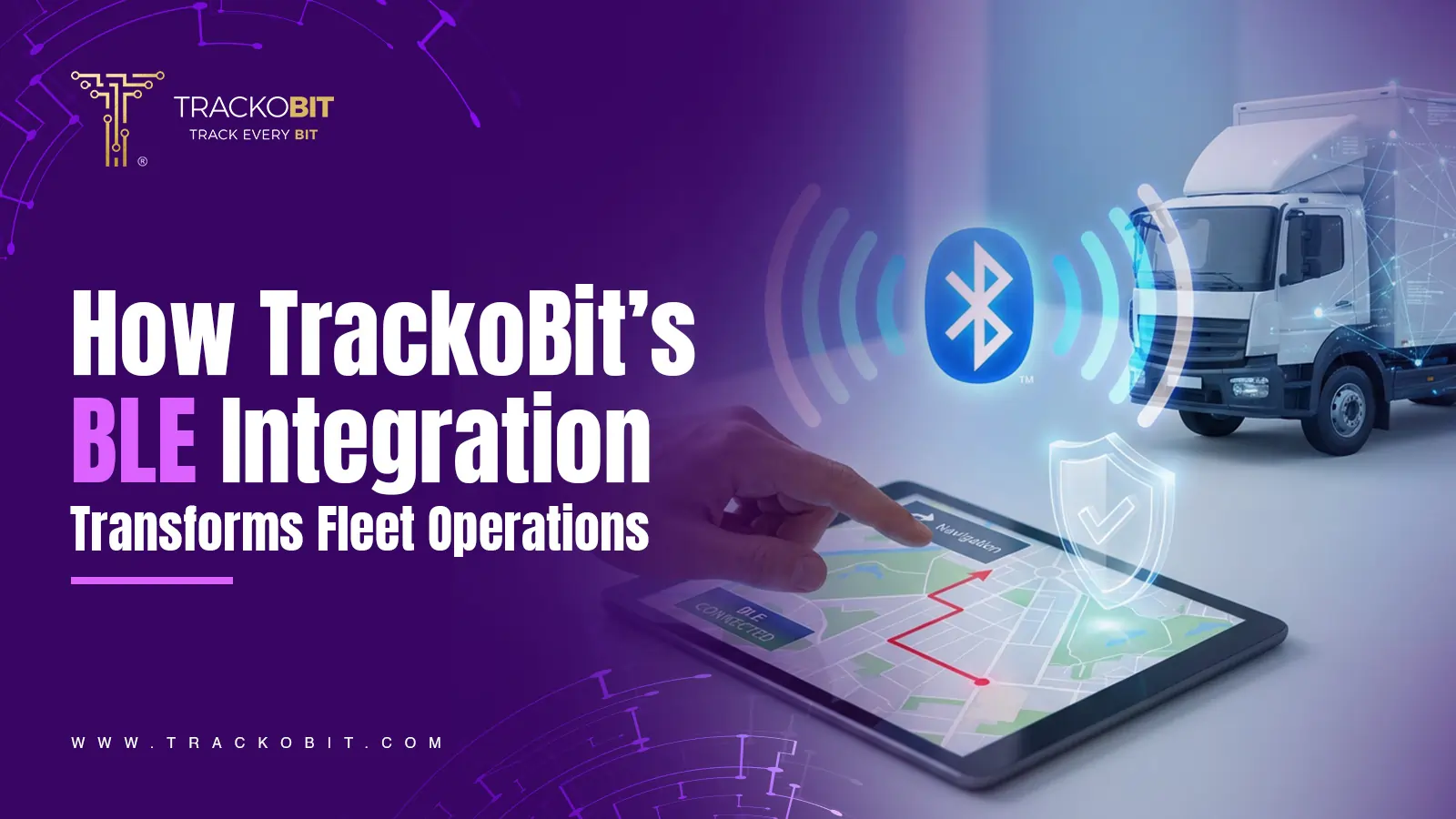
Plug, Pair, Perform TrackoBit Introduces BLE Sensor Integration
Tithi Agarwal November 26, 2025TrackoBit’s BLE Sensor Integration enables wireless, real-time monitoring with faster installs and accurate insights. It improves fleet efficiency, visibility, and…
-
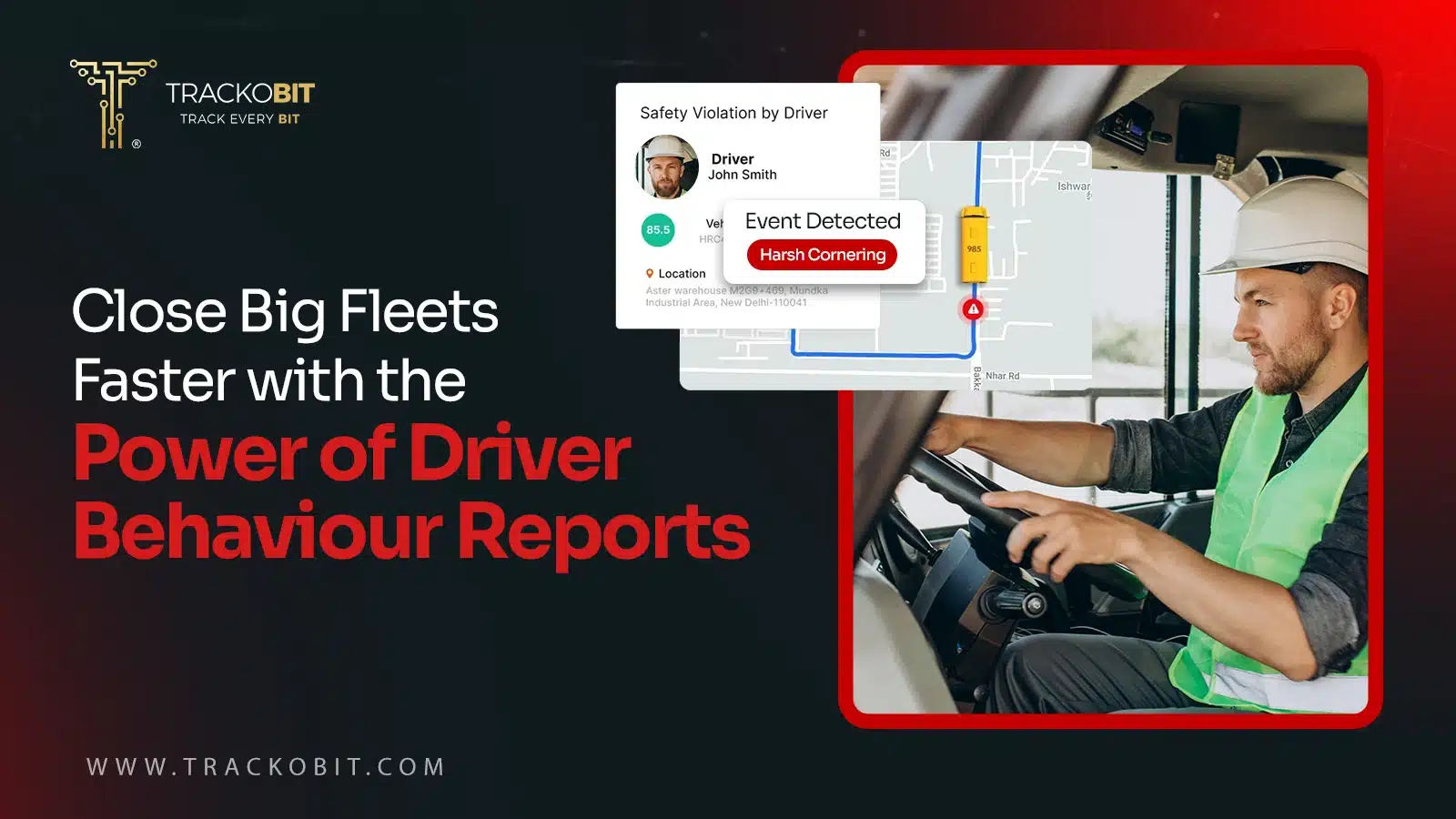
How to Use Driver Behavior Reports as a Sales Hook to Close Big Fleets
Tithi Agarwal October 16, 2025TrackoBit’s driver behavior reports empower fleet providers to win big contracts by showcasing safety, efficiency, and measurable ROI.
-
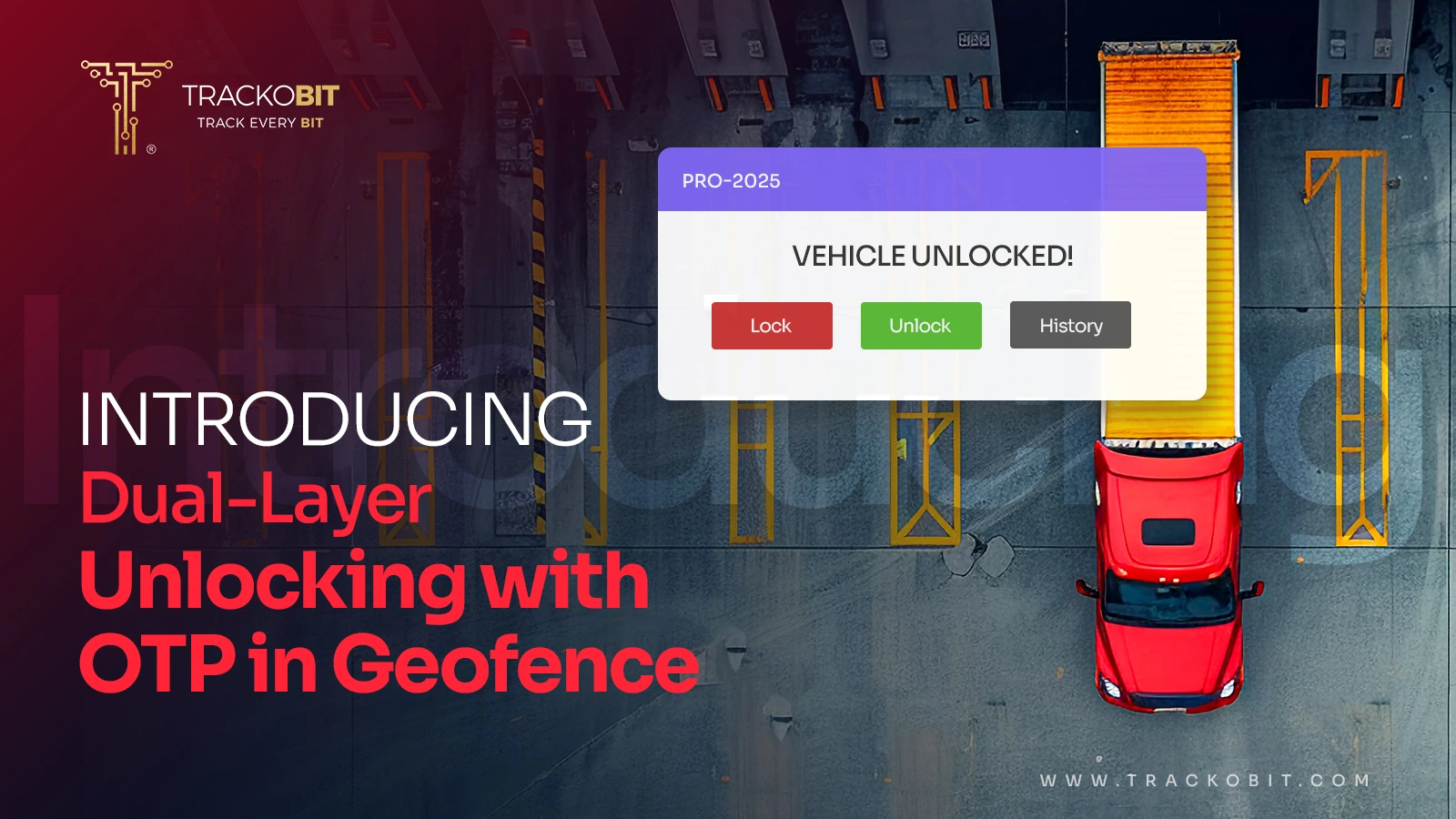
TrackoBit’s Unlocking in Geofence with OTP: Elevating Cargo Protection
Tithi Agarwal September 16, 2025TrackoBit’s latest feature – Unlocking in Geofence with OTP lets you lock out theft and unlock cargo only at the…
-
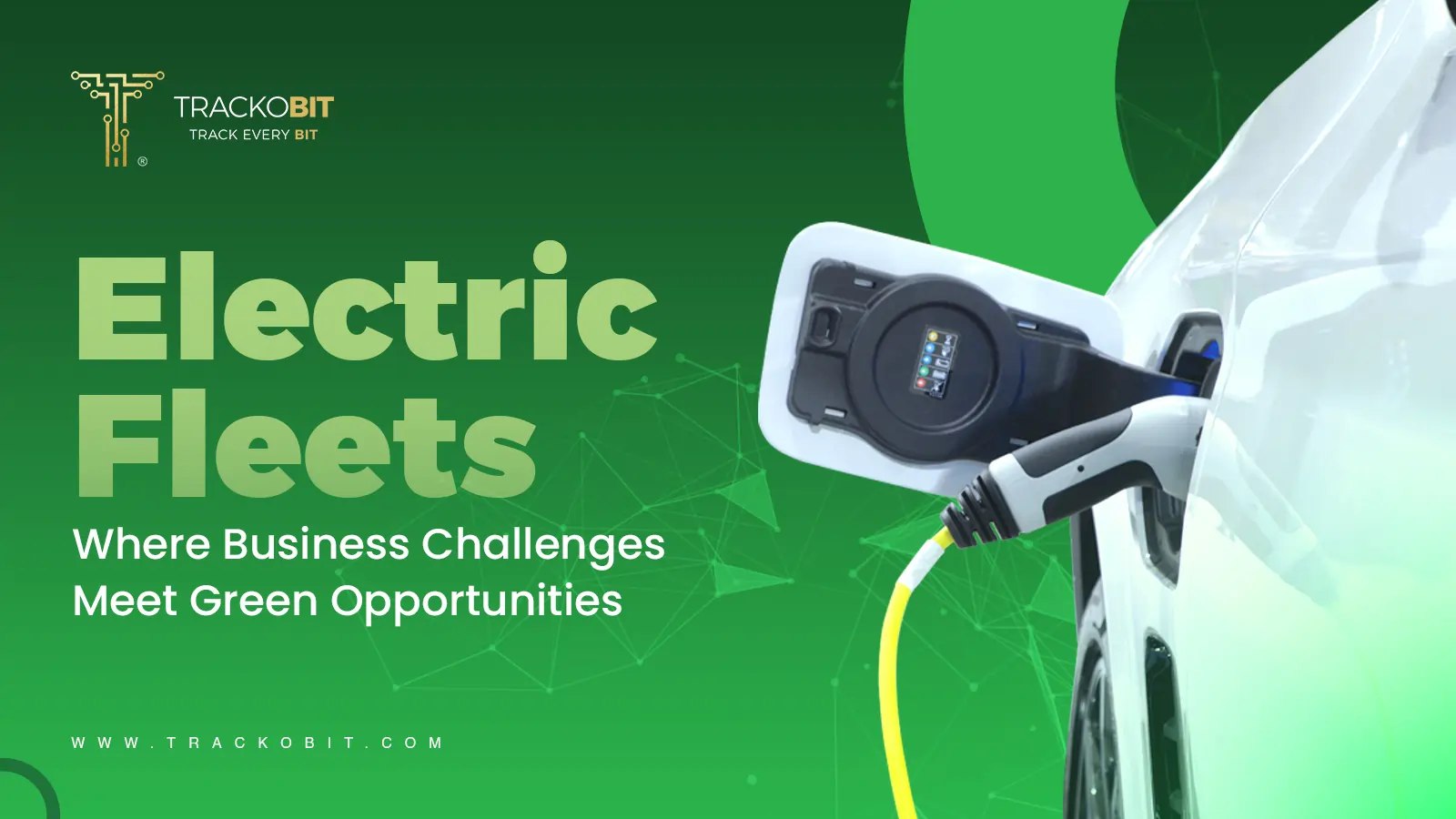
The Rise of Electric Fleets: Challenges and Opportunities for Businesses
Tithi Agarwal September 4, 2025The global fleet landscape is poised for a decade-long transformation. This change is being powered by electricity. Logistics-led businesses are…

Subscribe for weekly tips to optimize your fleet’s potential!
Your inbox awaits a welcome email. Stay tuned for the latest blog updates & expert insights.
"While you're here, dive into some more reads or grab quick bites from our social platforms!"Stay Updated on tech, telematics and mobility. Don't miss out on the latest in the industry.
We use cookies to enhance and personalize your browsing experience. By continuing to use our website, you agree to our Privacy Policy.
































